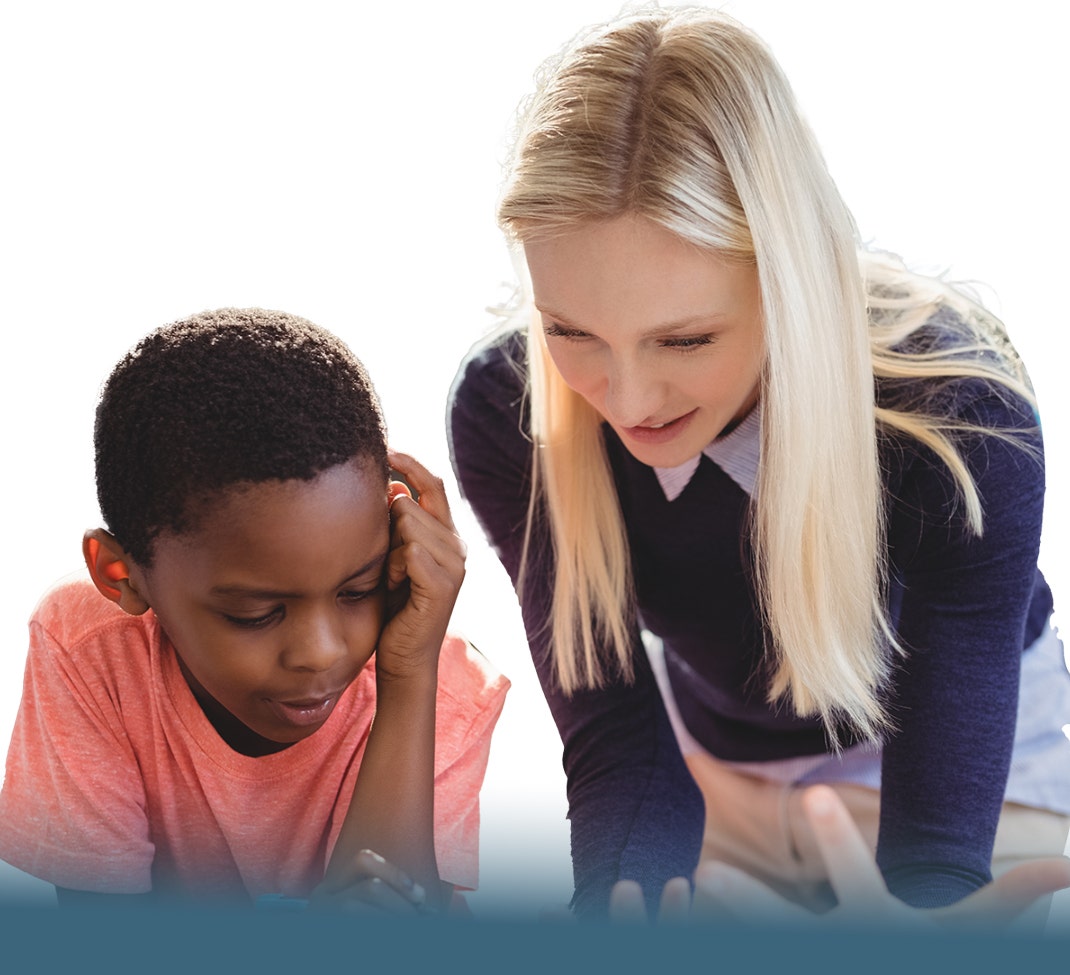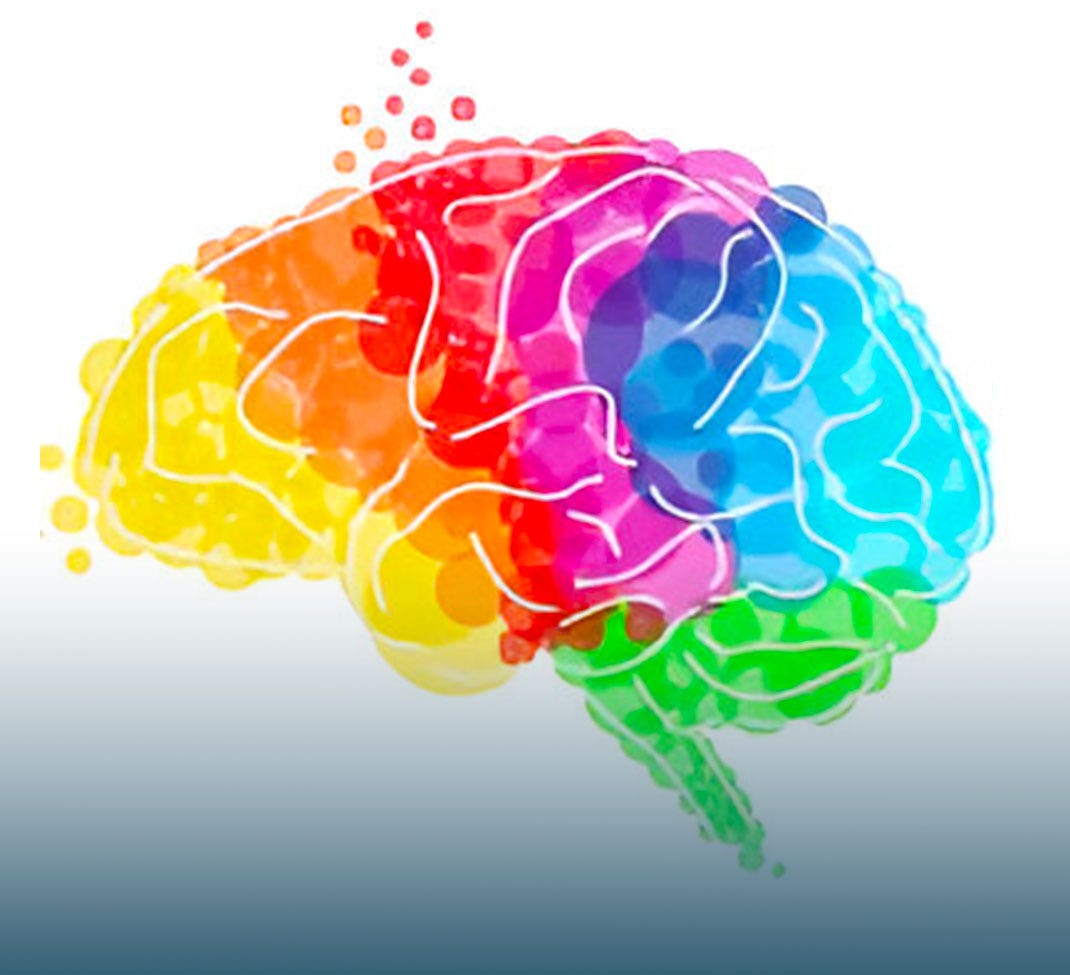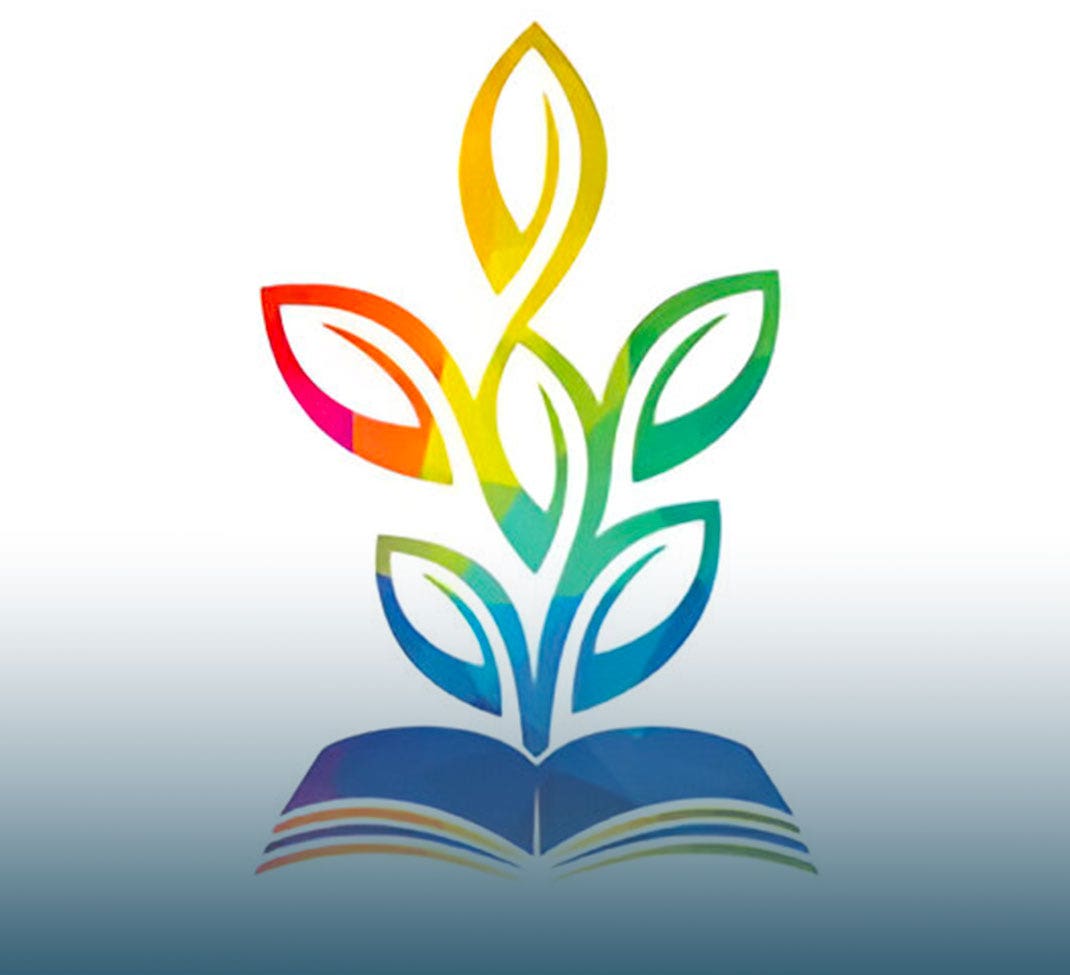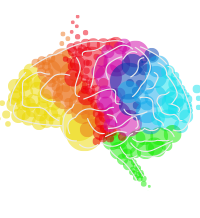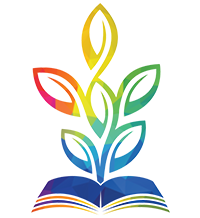Skip to Content
Language
- Benchmark Education
- Newmark Learning
- Reycraft Books
- Create an Account
Knowledge Hub
Learn more about topics that are trending in education – from experts in the field.
Knowledge Hub
Learn more about topics that are trending in education – from experts in the field.
The Science of Reading
Evidence points to the skills and instruction needed to develop a reading brain.
All About Decodable Texts
Developed with Wiley Blevins, decodable readers support acquisition of phonics skills.
Learn what the Science of Reading says about the importance of decodables.
Culturally Responsive Teaching
Representation and a funds-of-knowledge approach establish the foundation for learning.
Understand how to embrace diversity to cultivate academic success.
High-Quality Instructional Materials
Research has confirmed that HQIM have a significant positive impact on teaching and learning.
Recognize the features of HQIM and their transformative power.

